
Dr. Matthew Beal discusses an exciting new technique that allows enteral nutritional support in critically ill veterinary patients that can't tolerate gastric feeding because of severe vomiting or a risk of aspiration pneumonia.
Department of Small Animal Clinical Sciences
College of Veterinary Medicine
Michigan State University
East Lansing, MI 48824

Dr. Matthew Beal discusses an exciting new technique that allows enteral nutritional support in critically ill veterinary patients that can't tolerate gastric feeding because of severe vomiting or a risk of aspiration pneumonia.

Dr. Matthew Beal discusses this promising noninvasive alternative to cystostomy tubes.
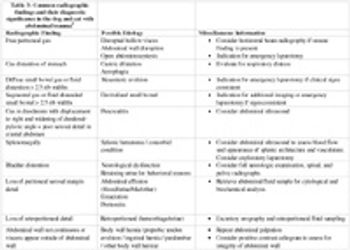
Abdominal trauma may result in specific injury of the peritoneal or retroperitoneal structures, diaphragm, or body wall constituents. Pain referred from other sites (especially spine) is also frequently mistaken for abdominal pain.

CPCR is the restoration of spontaneous circulation AND the preservation of neurologic function. CPCR techniques are constantly evolving through laboratory and clinical research. The most comprehensive review of currently accepted American Heart Association (AHA) Guidelines can be found in the 2005 AHA Guidelines for CPR and Emergency Cardiac Care.

Distal aortic thromboembolism (ATE) is most commonly recognized as a devastating sequel to underlying cardiac disease in the cat. The purpose of the following pages is to present the reader with a review of the veterinary literature as it pertains to pathophysiology, diagnosis, treatment, and prognosis for cats with ATE as well as to provide some comparisons between different treatment and prophylactic measures.

Tracheal stent placement is a novel treatment option for dogs presenting with tracheal collapse refractory to traditional medical management and for those in which the nature and location of the collapse make them poor candidates for prosthetic ring placement.
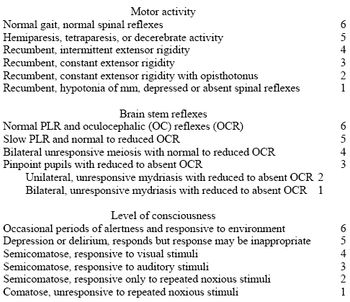
TBI in the small animal patient may be the result of a variety of traumatic events. Primary brain injury results from a variety of forces (acceleration, deceleration, torsion, etc.) imparted on the cranium and its contents and may range from mass-lesions caused by vascular disruption (epidural hematoma, subdural hematoma, intraparenchymal hemorrhage) to contusions and diffuse axonal injury (most common).

The dog or cat with septic peritonitis may display evidence of sepsis, severe sepsis, septic shock, and frequently, multiple organ dysfunction. Septic peritonitis is a rapidly progressive clinical syndrome with an array of underlying etiologies. Early recognition accompanied by rapid medical stabilization, early surgical intervention, and diligent postoperative care is crucial to optimize the likelihood of a positive outcome.

Following the trends in human medicine, there is an ongoing effort to adapt and develop minimally invasive therapeutics for the management of various problems facing veterinary patients. Minimally invasive therapeutics offer the advantages of smaller incisions, decreased pain, shortened anesthesia times and shorter length-of-stay compared to traditional open surgical approaches.

Veterinary transfusion medicine practices have evolved considerably over the last 10 years as we have come to better understand immunology, infectious disease, and the appropriate use of blood and blood products. Some of our biggest advances in ensuring the provision of a safe blood product has come as a result of our errors including, but not limited to acute immunologic transfusion reactions and delayed non-immunologic transfusion reactions (infectious disease transmission).

Traumatized small animal patients represent a population in which a standardized approach to diagnosis centered on thorough background knowledge of traumatic injuries coupled with a complete physical examination will allow for rapid therapeutic interventions and optimization of patient care.

In this two-part video, Dr. Matthew Beal discusses minimally invasive tracheal stent placement to treat canine tracheal collapse.

In this two-part video, Dr. Matthew Beal discusses minimally invasive tracheal stent placement to treat canine tracheal collapse.

Traumatized small animal patients represent a population in which a standardized approach to diagnosis centered on thorough background knowledge of traumatic injuries coupled with a complete physical examination will allow for rapid therapeutic interventions and optimization of patient care.
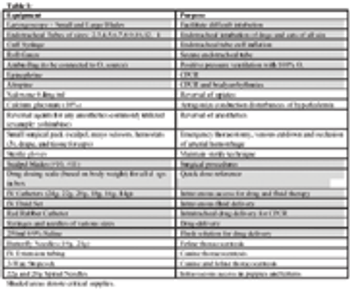
CPCR is the restoration of spontaneous circulation and the preservation of neurologic function.

Distal aortic thromboembolism (ATE) is most commonly recognized as a devastating sequel to underlying cardiac disease in the cat.
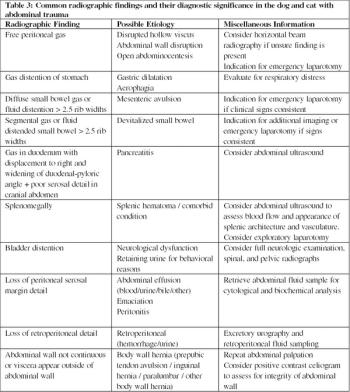
Abdominal trauma may result in specific injury of the peritoneal or retroperitoneal structures, diaphragm, or body wall constituents.

Traumatic brain injury in the small animal patient may be the result of a variety of traumatic events.

Dog Erythrocyte Antigens (DEA) are glycolipids and glycoproteins on the surface of the red blood cell.
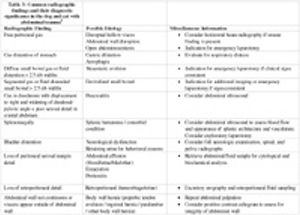
Published: November 1st 2010 | Updated:
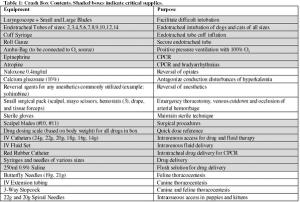
Published: November 1st 2010 | Updated:

Published: November 1st 2010 | Updated:

Published: November 1st 2010 | Updated:
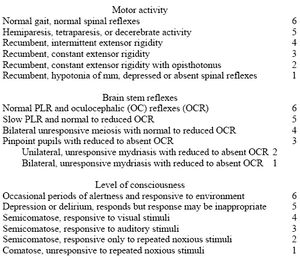
Published: November 1st 2010 | Updated:

Published: November 1st 2010 | Updated: